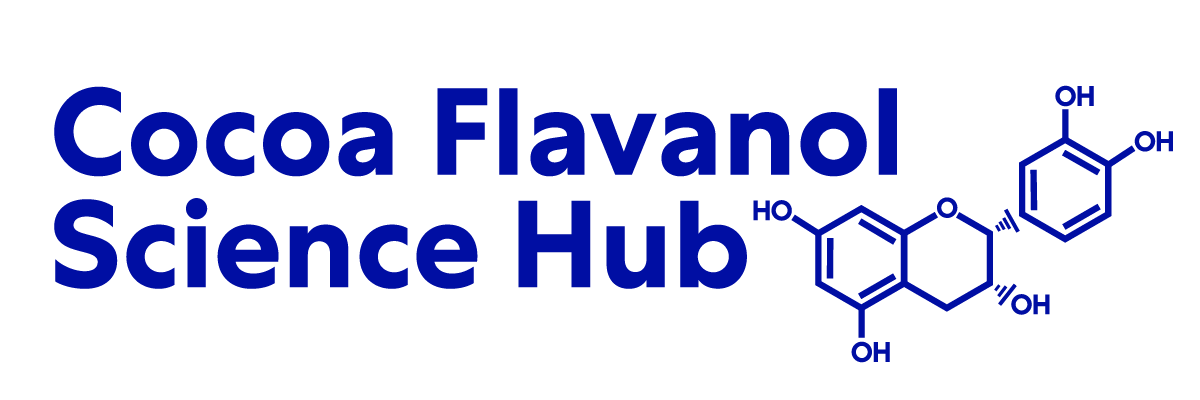Long-term ingestion of high flavanol cocoa provides photoprotection against UV-induced erythema and improves skin condition in women.
Dietary antioxidants contribute to endogenous photoprotection and are important for the maintenance of skin health. In the present study, 2 groups of women consumed either a highflavanol (326 mg/d) or low flavanol (27 mg/d) cocoa powder dissolved in 100 mL water for 12 wk. Epicatechin (61 mg/d) and catechin (20 mg/d) were the major flavanol monomers in the high flavanoldrink, whereas the low flavanol drink contained 6.6 mg epicatechin and 1.6 mg catechin as the daily dose. Photoprotection and indicators of skin condition were assayed before and during the intervention. Following exposure of selected skin areas to 1.25 x minimal erythemal dose (MED) of radiation from a solar simulator, UV-induced erythema was significantly decreased in the high flavanolgroup, by 15 and 25%, after 6 and 12 wk of treatment, respectively, whereas no change occurred in the low flavanol group. The ingestion of high flavanol cocoa led to increases in blood flow of cutaneous and subcutaneous tissues, and to increases in skin density and skin hydration. Skinthickness was elevated from 1.11 +/- 0.11 mm at wk 0 to 1.24 +/- 0.13 mm at wk 12; transepidermal water loss was diminished from 8.7 +/- 3.7 to 6.3 +/- 2.2 g/(h x m2) within the same time frame. Neither of these variables was affected in the low flavanol cocoa group. Evaluation of the skinsurface showed a significant decrease of skin roughness and scaling in the high flavanol cocoagroup compared with those at wk 12. Dietary flavanols from cocoa contribute to endogenousphotoprotection, improve dermal blood circulation, and affect cosmetically relevant skin surface and hydration variables.
See the Full Study > (opens in a new tab)









